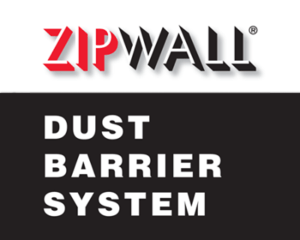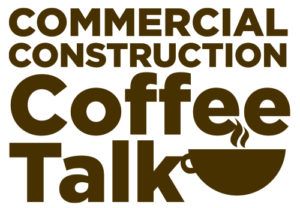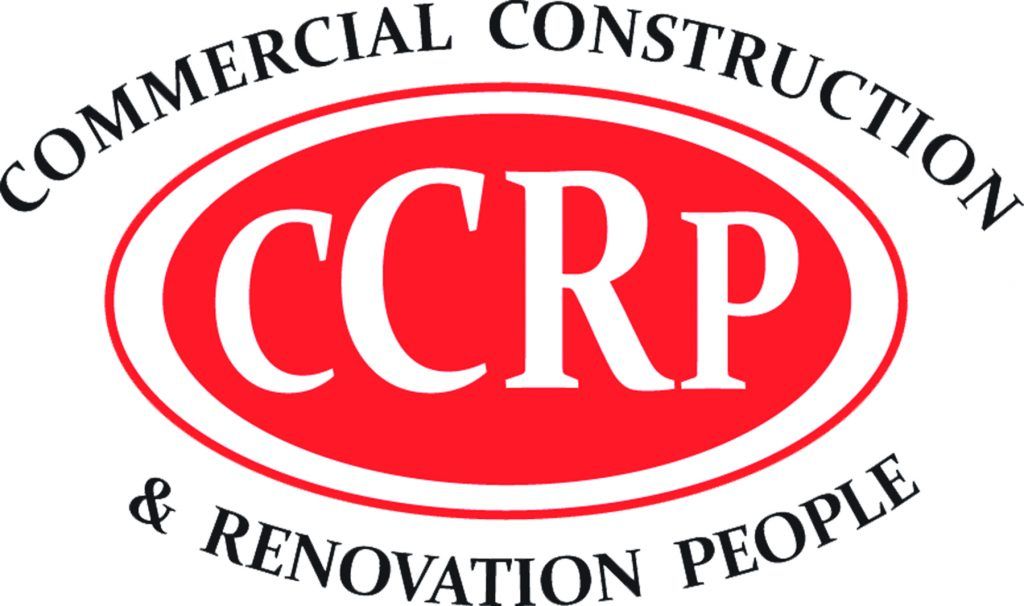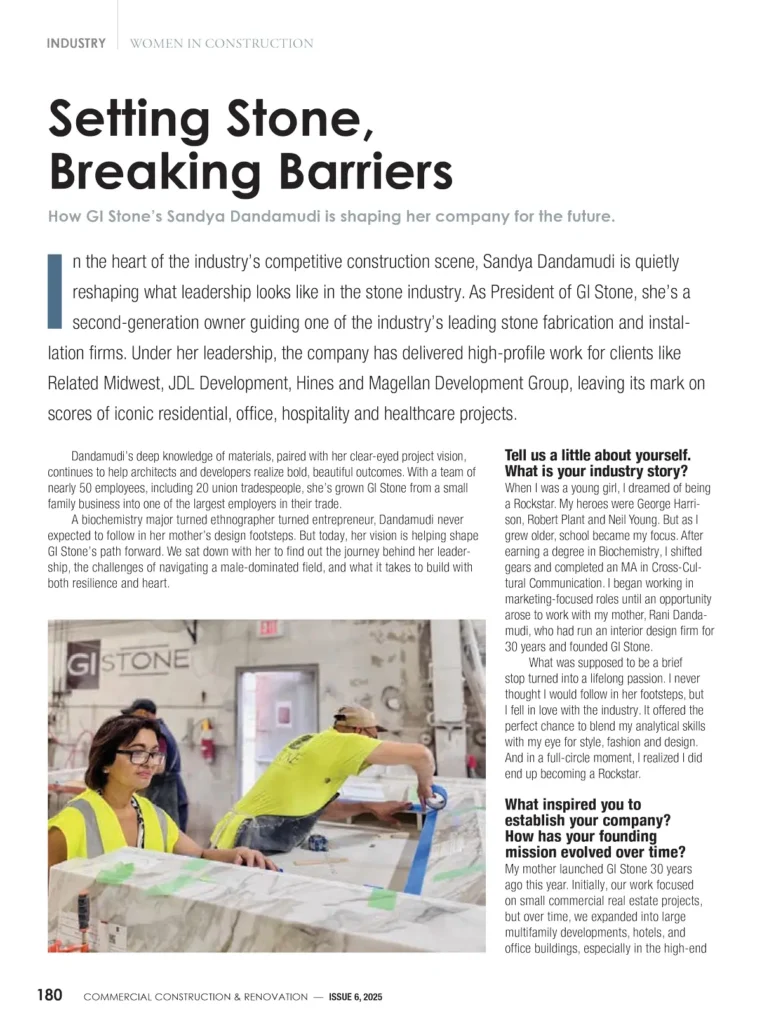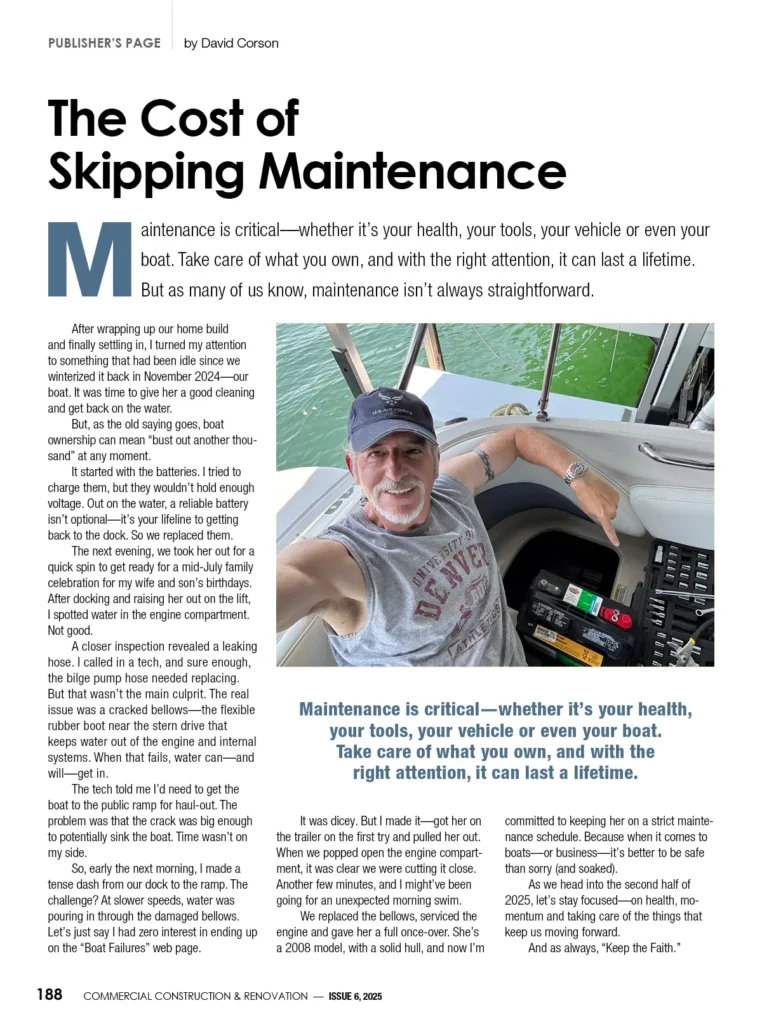Maintaining a clean environment is essential for both health and peace of mind, but figuring out the right cleaning frequency for your home or workplace isn’t always straightforward. Some spaces require daily attention, while others can go weeks between cleanings without issue. The key is not about doing more or less, but rather cleaning smarter and more strategically.
Different living and working situations demand different levels of upkeep. A busy family household, a vacation rental, and a corporate office all have unique needs that can’t be met with a one-size-fits-all cleaning plan. Understanding the differences between weekly cleaning, bi-weekly cleaning, monthly cleaning, and even tri-weekly cleaning can help you build a routine that fits your lifestyle and space.
Companies like Cleaners Joy support clients in selecting the right cleaning intervals based on their specific needs. A thoughtfully scheduled cleaning service not only improves your environment but also saves time, energy, and long-term maintenance costs.
Weekly Cleaning: For High-Activity Households and Businesses
Weekly cleaning is ideal for homes with kids or pets, high-traffic Airbnb properties, and workplaces that host employees or clients daily. In these scenarios, dust, debris, and germs accumulate quickly. Weekly service helps prevent grime from building up and ensures surfaces stay fresh, sanitized, and visually appealing.
Common weekly cleaning tasks include vacuuming, wiping down counters, dusting surfaces, and sanitizing bathrooms and kitchens. In a commercial setting, it may also involve emptying trash, mopping common areas, and cleaning shared equipment. The goal is to reset the space to a hygienic baseline before messes become unmanageable.
Weekly cleaning is also beneficial for individuals with allergies or sensitivities, as it minimizes dust mites, pollen, and pet dander. It keeps the environment consistently clean without requiring intense upkeep between visits.
Bi-Weekly Cleaning: A Balance Between Maintenance and Flexibility
For households without young children or pets, bi-weekly cleaning offers a practical balance. It’s frequent enough to prevent dust and grime from building up, but less intensive on scheduling than weekly service. This option works well for couples, small families, or professionals who maintain some day-to-day tidiness.
Bi-weekly cleaning allows for deeper cleaning tasks without being rushed. Professionals can rotate focus areas—from baseboards one visit to appliances the next—giving the entire home attention over time. This approach also applies to certain commercial environments with moderate foot traffic where once-a-week cleaning might be excessive.
Many busy professionals use bi-weekly cleaning to offset the stress of juggling home responsibilities and work schedules. It keeps living spaces clean without requiring daily effort and still provides the structure of regular upkeep.
Monthly Cleaning: For Low-Traffic or Self-Maintained Spaces
Monthly cleaning works best for spaces that are generally well-kept between sessions or see minimal use. Examples include single-occupant homes, vacation properties, or lightly used office spaces. This frequency may also suit people who prefer to handle surface-level tidying on their own but want help with more time-consuming chores.
A monthly visit is usually more intensive than weekly or bi-weekly cleaning. It may include cleaning inside appliances, scrubbing grout, dusting ceiling fans, and tackling neglected corners. It helps eliminate hidden dirt and maintain cleanliness without requiring frequent appointments.
While monthly cleaning won’t replace everyday tidiness, it’s a valuable supplement. It ensures thorough sanitation and refreshes the space for the month ahead—perfect for those who can manage basic upkeep but still need professional attention now and then.
Tri-Weekly Cleaning: The Underrated Sweet Spot
Tri-weekly cleaning is a lesser-known but highly effective option for those caught between weekly and bi-weekly needs. It’s particularly useful in environments that don’t get dirty enough for weekly service but need more attention than every other week can offer.
This frequency benefits households with moderate traffic, remote workers, or homeowners who entertain regularly. It provides a rhythm that prevents buildup without becoming excessive or redundant. In an Airbnb setting, tri-weekly cleaning helps bridge the gap between guest turnover while still ensuring the space is consistently refreshed.
Tri-weekly cleaning also reduces the burden on homeowners who prefer not to clean in between visits. With this schedule, professionals can rotate responsibilities and cover deeper areas at each session without missing essential upkeep.
Specialized Cases: Move-In/Out, Deep Cleaning, and One-Time Services
Certain situations call for focused attention beyond routine cleaning. Move in/out cleaning is essential when changing residences—it prepares the space for new occupants and ensures every corner is spotless. This type of cleaning typically includes areas that often go unnoticed, like inside cabinets, behind appliances, and baseboards.
Deep cleaning is another critical service, ideal for spring refreshes or when a regular cleaning schedule has lapsed. It’s more thorough than standard cleaning and can be scheduled quarterly or annually to complement your regular maintenance.
One-time cleaning is often used before hosting events, after renovations, or during transitions like selling a home. It offers flexibility and convenience when a full reset is needed but ongoing service isn’t required.
Tailoring Schedules to Property Types
Each property type brings unique cleaning demands. Airbnb cleaning often requires fast, efficient turnaround between guests and must meet hospitality standards. Weekly or even daily service is common, depending on booking frequency. Checklists are typically more detailed and time-sensitive.
In contrast, commercial cleaning focuses on workplace safety, employee productivity, and brand presentation. A combination of daily surface sanitizing and weekly deeper cleaning is ideal for high-traffic areas like lobbies, restrooms, and break rooms.
Homeowners have more flexibility but benefit from consistency. The choice between weekly, bi-weekly, or monthly cleaning should reflect lifestyle factors, such as children, pets, allergies, or how often the home is used for entertaining.
Mixing Frequencies for Maximum Efficiency
Not every room or surface in a space requires the same cleaning frequency. A hybrid approach can be effective—clean bathrooms and kitchens weekly while handling bedrooms and living areas bi-weekly. Add deep cleaning quarterly and spot one-time cleaning when needed.
This flexible model ensures that cleaning resources are used efficiently and that effort is concentrated where it matters most. For example, a tri-weekly schedule with monthly add-ons for hard-to-reach spots can keep the entire property in optimal shape year-round.
Brands like Cleaners Joy often help clients evaluate which rooms need more attention and how to stagger cleaning tasks to maximize results without inflating time or cost.
Conclusion
Understanding the differences between cleaning frequencies empowers homeowners and business owners to make informed decisions about how to care for their spaces. Whether you need weekly cleaning to manage a busy household or monthly cleaning to maintain a low-traffic office, tailoring your schedule to your lifestyle is key.
There’s no one-size-fits-all solution. Instead, a custom cleaning plan—incorporating standard cleaning, Airbnb cleaning, commercial cleaning, and occasional deep or move in/out cleaning—ensures that every space stays fresh, healthy, and functional.
With support from thoughtful providers like Cleaners Joy and a well-planned cleaning blueprint, maintaining a clean and welcoming environment becomes less of a chore and more of a habit that supports daily living and long-term well-being.







